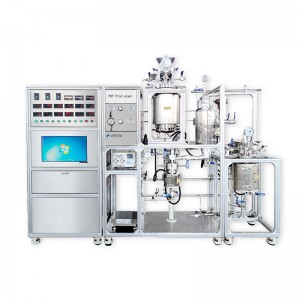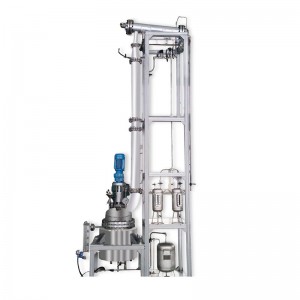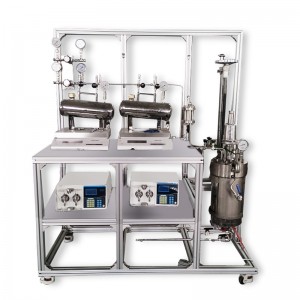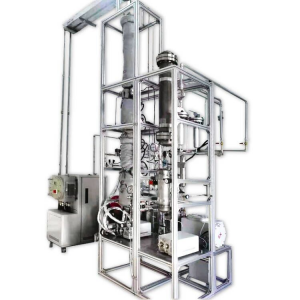Experimental PX continuous oxidation system
Product Description
The system adopts modular design concept, and all the equipment and pipelines are integrated in the frame. It includes three parts: feeding unit, oxidation reaction unit, and separation unit.
Using advanced control technology, it can meet the special requirements of complex reaction system, high temperature and high pressure, explosiveness, strong corrosion, multiple constraint conditions, and difficult control and optimization that are unique to PTA production. Various instruments and online analytical instruments have high accuracy and sensitivity, and meet the requirements of less error in the experiment. The layout of various process pipelines in the system is reasonable and easy to operate.
The equipment and pipes, valves, sensors and pumps in the system are made of special materials such as titanium TA2, Hc276, PTFE, etc., which solves the problem of strong corrosiveness of acetic acid.
PLC controller, industrial computer and control software are used for automatic control of the system, which is a safe and efficient experimental platform.
Basic process
Preheat the system, and purge it with nitrogen until the oxygen content of the outlet tail gas is zero.
Add liquid feed (acetic acid and catalyst) into the system and continuously heat the system to the reaction temperature.
Add pure air, continue heating until the reaction is triggered, and start insulation.
When the liquid level of reactants reaches the required height, start to control the discharge, and control the discharge speed to keep the liquid level stable.
In the whole reaction process, the pressure in the system is basically stable because of the front and back-up pressure.
With the continuation of the reaction process, for tower reaction, the gas from the top of the tower enters the gas-liquid separator through the condenser and enters the material storage tank. It can be returned to the tower or discharged into the material storage bottle according to the experimental needs.
For the kettle reaction, the gas from the kettle cover can be introduced into the condenser at the tower outlet. The condensed liquid is pumped back to the reactor with a constant flux pump, and the gas enters the tail gas treatment system.









